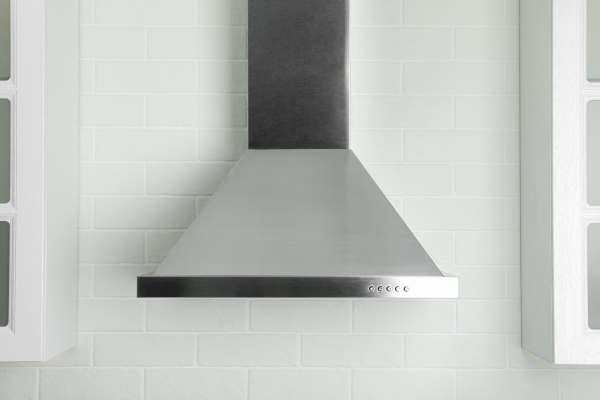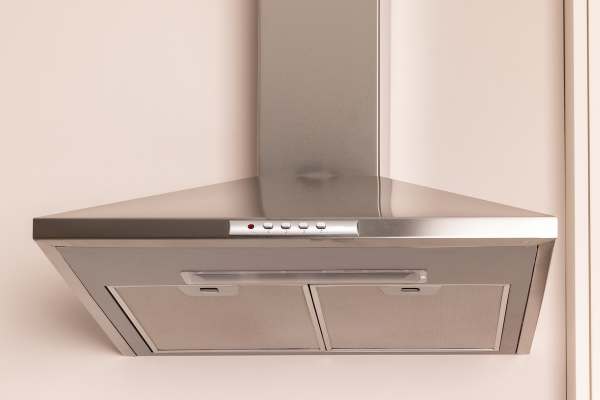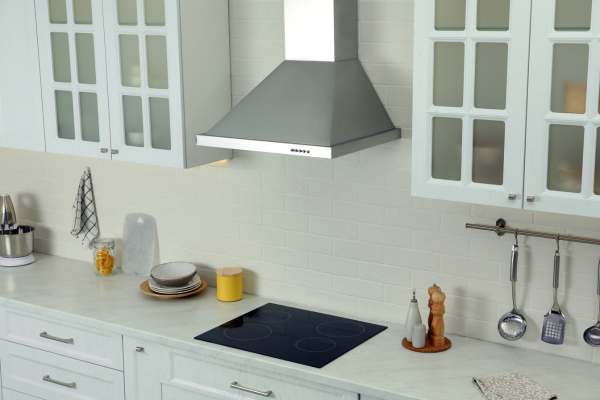Improve kitchen ventilation Is essential For maintaining A Healthy And comfortable cooking environment. This guide will explore various effective strategies To enhance air circulation And remove unwanted odors, smoke, And airborne grease. Whether you’re renovating your kitchen or just looking To make some simple changes, These tips will help ensure your kitchen remains A fresh And inviting space. By understanding the importance of proper kitchen ventilation, You can create a more enjoyable and safe cooking area For everyone In your household.
What Is Kitchen Ventilation?

Kitchen ventilation Is a crucial aspect of maintaining a healthy and pleasant atmosphere In your cooking area. It involves The Process of exchanging indoor air For fresh outdoor air to remove airborne particles like smoke, odors, heat, And grease that are typically produced during cooking. Effective airspace systems include range hoods, exhaust fans, And proper air circulation methods. The primary goal Is To ensure that the air in the kitchen remains clean and safe, thus enhancing the overall cooking experience and maintaining The hygiene of The space.
How Often Should I Clean My Ventilation System?
Regular maintenance of your kitchen ventilation Filter Improve system Is vital for its efficiency and longevity. It’s recommended to clean The filters of your range hood or exhaust system at least once every three months. However, If you cook frequently, especially dishes that produce A lot of grease or smoke, you might need To clean the filters more often. In addition To cleaning the filters, A thorough inspection And cleaning of the entire system, including ductwork, should be done annually by a professional. This not only ensures optimal performance but also prevents potential fire hazards And maintains good air quality In your kitchen.
Improving Natural Ventilation

Enhancing natural ventilation In your kitchen Is a cost-effective And eco-friendly way to improve air quality. Start by maximizing The use of windows. Keeping windows open while cooking or installing window fans Can significantly help In circulating air. Additionally, consider The placement of doors and other openings To create a cross breeze that encourages air flow. During kitchen renovations, think about adding more windows or A skylight To Increase natural light And air circulation. Such improvements not only aid In ventilation but also contribute to A more pleasant And energy-efficient kitchen environment.
Enhancing Mechanical Ventilation

To effectively manage air quality In Your kitchen, enhancing mechanical ventilation Is key. This involves using electrically powered devices like range hoods, exhaust fans, and air purifiers. For optimal performance, consider installing A range hood directly over your cooking area; this captures contaminants at The source before they spread. Additionally, An exhaust fan placed In the window or wall Can help In expelling stale air and drawing In fresh air. When choosing these appliances, look For high-efficiency models with adjustable speeds that cater To different cooking intensities. Also, integrating smart technology allows For automatic adjustments based on air quality levels, making your kitchen ventilation system more effective And user-friendly.
Upgrading to a Better Ventilation System

Upgrading your kitchen’s ventilation system Can significantly enhance air quality And cooking comfort. When considering An upgrade, evaluate factors like the size of your kitchen, your cooking habits, and the layout of your space. For larger kitchens or those with heavy cooking usage, A more powerful range hood with A higher cubic feet per minute (CFM) rating is advisable. Modern systems also come with additional features like heat sensors, quiet operation modes, And built-in lighting. It’s worthwhile to invest In an energy-efficient system that not only improves airspace but also reduces energy costs In the long run.
Maintenance Tips for Optimal Performance
Regular maintenance Is crucial For ensuring your kitchen ventilation system operates at its best. Here are some tips to keep your system running efficiently:
- Regularly clean or replace filters: Grease and other particles can clog filters, reducing efficiency. Clean reusable filters and replace disposable ones as recommended by the manufacturer.
- Inspect And clean the ductwork: Over time, ducts Can accumulate grease and debris. Annual cleaning by A professional Can prevent blockages And maintain airflow.
- Check for proper venting: Ensure that your system vents To the outdoors to effectively remove contaminants, rather than recirculating them.
- Listen for unusual noises: Any change In Sound could indicate A Problem with the Fan or motor, warranting A professional check.
- Keep the intake And exhaust areas clear: Avoid blocking these areas with furniture or other items To maintain unobstructed airflow.
- By following these maintenance tips, You can prolong the life of your ventilation system and ensure A healthier and more pleasant cook room environment.
Innovative Ventilation Solutions

The evolution of kitchen design has led To innovative ventilation solutions that cater to both functionality And aesthetic appeal. One such innovation is downdraft ventilation systems, which are integrated into the cooking surface and retract when not In use, offering a sleek And unobtrusive option. Another advancement Is the use of smart range hoods that automatically adjust their suction power based on the intensity of cooking fumes detected, ensuring efficient energy use. Additionally, recirculating hoods with advanced charcoal filters can be A great alternative in spaces where ductwork installation Is challenging, effectively filtering and recirculating clean air back into the kitchen.
Dealing With Common Ventilation Problems

Common ventilation problems In kitchens include inadequate air flow, persistent odors, and excessive noise. To address these issues, first ensure that The airspace system Is appropriately sized For your cook room and cooking habits. Regular cleaning And maintenance of filters and ducts can also significantly improve performance. If odors persist, consider upgrading to A system with better filtration capabilities. For noise issues, look for models with sound-dampening technology or adjust the Fan speed settings to a more tolerable level while still maintaining effective ventilation.
Ventilation in Small Kitchens

Ventilation In small kitchens can be challenging due To limited space. However, there are effective solutions To overcome this. Slimline range hoods or over-the-range microwave hoods can save space while providing adequate airspace. Alternatively, consider a ventless recirculating hood If ductwork installation Is not feasible. It’s also beneficial To maximize natural ventilation by keeping windows open during And after cooking, and using window fans to aid in air circulation.
Conclusion
Improve kitchen ventilation Is essential for A healthy, comfortable, And safe cooking environment. Whether through innovative technologies, addressing common problems, or finding solutions For small spaces, there are various ways To enhance ventilation effectively. Regular maintenance and considering The specific needs of your kitchen are key To ensuring optimal performance. By investing in a good airspace system And keeping it well-maintained, You Can enjoy a fresher, cleaner, And more enjoyable cooking space.
